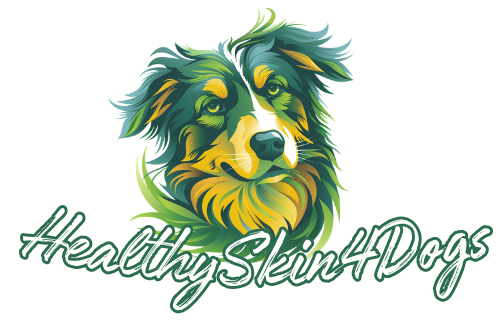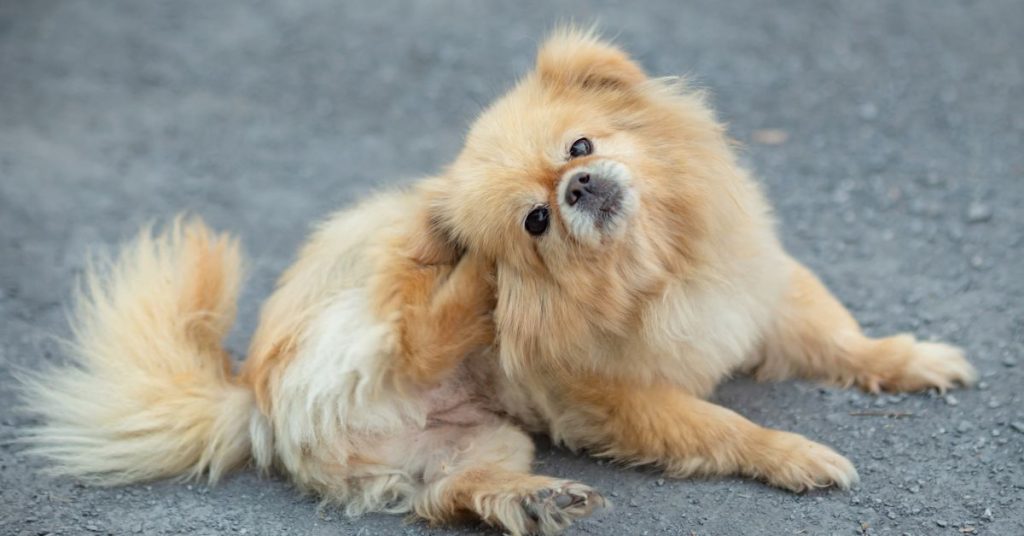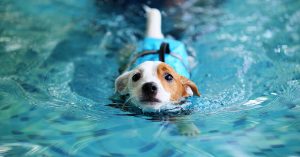It’s natural to worry when our dog’s appearance or behavior changes. A common concern in dogs is hair loss. Understanding the underlying causes of hair loss is essential to ensuring our canine friends live happy, healthy lives. In this comprehensive guide, we’ll explore the various reasons why is my dog loosing hair.
Nutritional deficiencies, parasite infestations, allergies, hormonal imbalances, and even emotional stress can all cause hair loss in dogs. Identifying these causes and learning about potential solutions will help you address your dog’s hair loss concerns. So, let’s dive in.
Why Is My Dog Loosing Hair
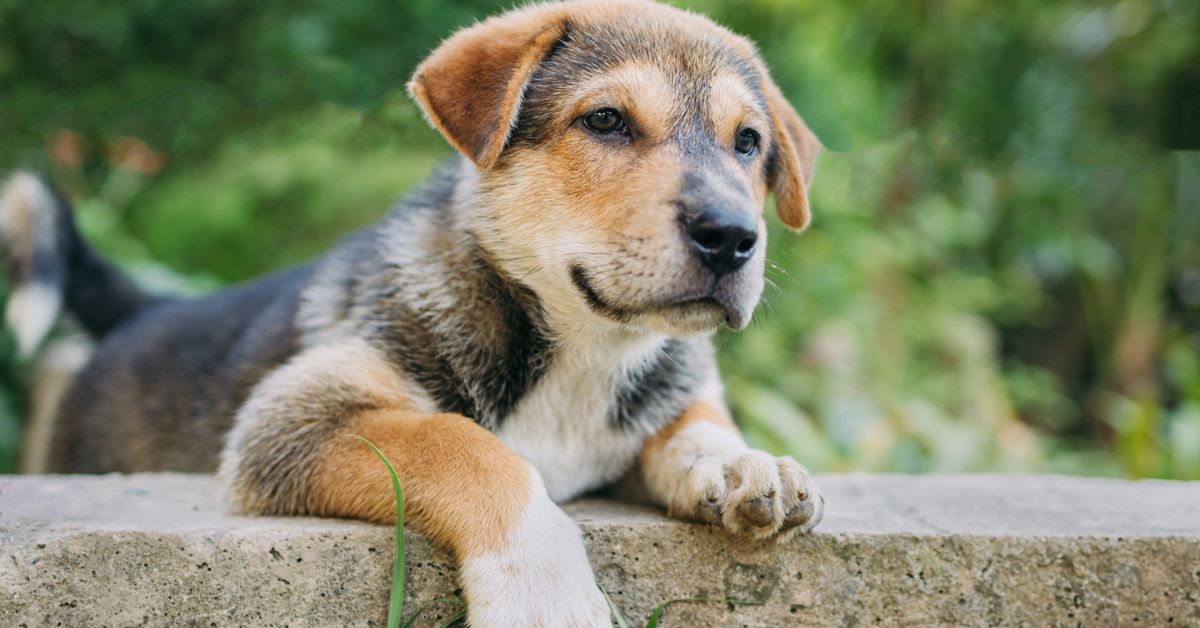
It’s essential to figure out what’s causing your dog’s hair loss so you can implement the right solutions. Let’s look at some of the most common causes of dog hair loosing:
1. Nutritional Deficiencies
Nutrition plays an essential role in maintaining your dog’s health, as well as his coat and skin. The lack of omega-3 fatty acids, zinc, and biotin in a dog’s diet can result in dry, flaky skin and a dull, brittle coat.
Fish oil is high in omega-3 fatty acids, which reduce inflammation and promote skin cell turnover, while zinc and biotin support skin integrity and promote hair growth.
2. Parasites (Fleas, Mites, and Ticks)
Fleas, mites, and ticks are external parasites that not only irritate your dog’s skin and coat but can also spread diseases. In particular, fleas can cause flea allergy dermatitis, which causes intense itching, redness, and hair loss, especially around the base of the tail and along the back.
Demodex and sarcoptic mange mites can also cause hair loosing in dogs, usually accompanied by itching and inflammation of the skin.
3. Allergies (Food, Environmental, and Contact)
Allergies are a common culprit of skin problems and hair loss in dogs. Foods, environmental factors (like pollen, dust mites, mold), and contact factors (like certain fabrics or cleaning products) can cause allergic reactions in dogs.
An allergic reaction can cause itching, redness, inflammation, and hair loss, especially around the face, ears, paws, and belly.
4. Infections (Bacterial, Fungal, and Yeast)
Yeast, bacterial, and fungal infections can all disrupt your dog’s delicate skin microbiome, causing inflammation, itching, and hair loss. Bacterial infections, like pyoderma, usually cause red, inflamed skin with pustules or crusts.
Some fungal infections, like ringworm, can leave you with bald patches and scaly, crusty skin. A yeast infection, especially Malassezia dermatitis, causes redness, itching, and greasy skin.
5. Hormonal Imbalances
Hormonal imbalances can profoundly affect your dog’s skin and coat health. Hypothyroidism and Cushing’s disease can cause your skin to dry out, thin, and lose hair due to an underactive thyroid gland.
Other symptoms of hormonal imbalance in dogs include weight gain, lethargy, changes in appetite, and increased thirst and urination. If you think your dog has a hormonal imbalance, see your veterinarian.
6. Stress and Anxiety
Changing environments, routines, or social dynamics can trigger stress and anxiety in dogs. Stress or anxiety can cause physical symptoms in dogs, like excessive licking, chewing, or pulling out their fur (psychogenic alopecia), which leads to hair loss.
The most common sources of stress for dogs are:
- Separation anxiety.
- Fear of loud sounds.
- Changes in household dynamics (e.g., a new pet or family member).
How to Prevent Hair Loss in Dogs
Taking proactive measures and adopting a holistic approach to care will help keep your dog’s coat shiny, healthy, and shed-free. Some effective strategies for preventing dog hair loss:
1. Provide a Balanced Diet
Provide your dog with a balanced, nutritious diet that meets their specific needs based on factors like age, breed, size, and activity level. Consider high-quality commercial dog food or a balanced homemade diet from a veterinary nutritionist. Protein, omega-3 fatty acids, vitamins, and minerals are essential nutrients for healthy skin and coat.
2. Regular Grooming
Regular grooming keeps your dog’s coat clean, healthy, and free of tangles and mats. Brush your dog’s coat regularly to get rid of loose fur, dirt, and debris, which can cause irritation and hair loss.
Use the right grooming tool for your dog’s coat type, whether it’s a slicker brush, grooming rake, or de-shedding tool. Bathe your dog regularly with a gentle, dog-specific shampoo to prevent infections.
3. Parasite Prevention
Use veterinarian-recommended flea and tick preventatives all year long to keep your dog safe from external parasites like fleas, ticks, and mites. Check your dog’s skin and coat regularly for signs of parasites, like flea dirt, ticks, or red, irritated skin.
Prevent infestations by using flea collars, spot-on treatments, oral medications, or topical solutions to keep parasites at bay.
4. Allergy Management
Work with your veterinarian to identify and manage your dog’s allergy triggers. It may involve allergy testing to identify specific allergens and reduce your dog’s exposure to them.
Avoid potential allergens in your dog’s environment, and use allergy medications or immunotherapy (allergy shots) to alleviate symptoms and prevent flare-ups.
5. Environmental Enrichment
Engage your dog in regular exercise, playtime, and enrichment activities to keep him mentally and physically stimulated. Mental stimulation can relieve stress and anxiety, reducing the likelihood of psychogenic alopecia (excessive licking or chewing) and other stress-related behaviors that can cause hair loss.
So, keep your dog’s mind stimulated with interactive games, puzzle toys, and training exercises.
6. Regular Veterinary Check-ups
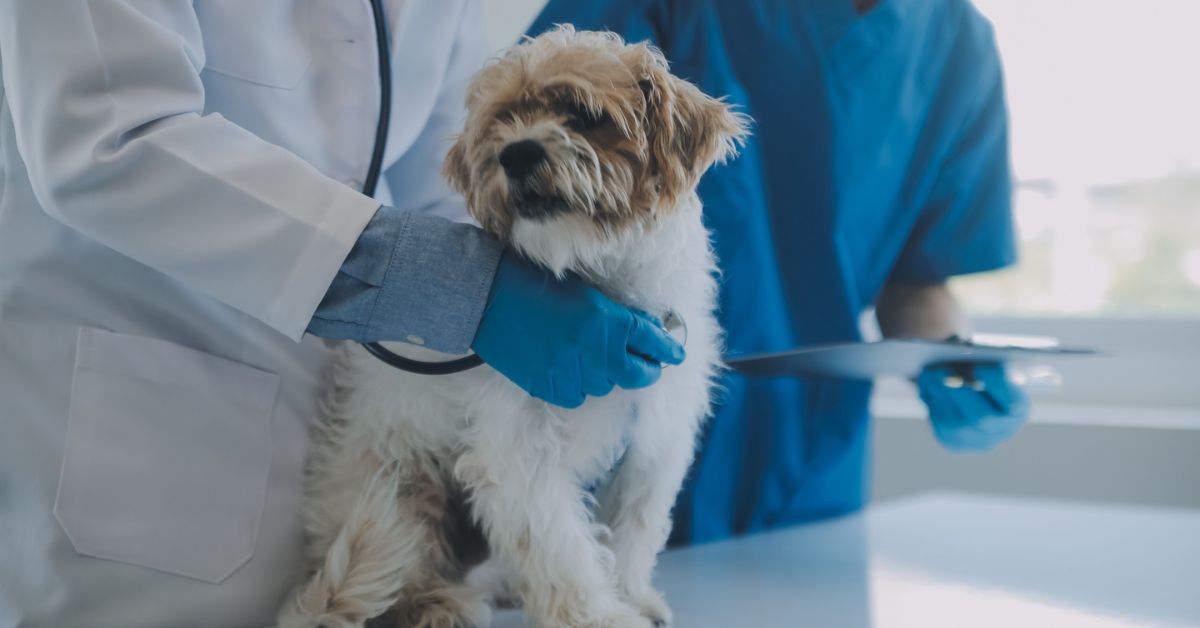
Check your dog’s health regularly with your vet to catch any potential problems early. Your veterinarian can do a thorough physical examination, assess your dog’s skin and coat condition, and answer any questions you have about hair loss or other skin issues.
Remember to follow your vet’s recommendations for preventative care, vaccinations, and parasite control.
Read More: How to Prevent Fleas on Dogs
FAQs
What foods can cause hair loss in dogs?
Certain foods can trigger allergic reactions in dogs, resulting in skin problems and hair loss. The most common allergens are grains, soy, dairy, and certain proteins like beef and chicken. A lack of essential nutrients can also contribute to poor coat health and increased shedding.
Consult your vet if you suspect food allergies or nutritional deficiencies are causing hair loss in your dog. It may help to switch to a hypoallergenic or high-quality diet to alleviate symptoms.
Is hair loss in dogs serious?
Some underlying health issues in dogs can lead to hair loss, which can be severe if left untreated. Hair loss is average, but excessive or persistent shedding with other symptoms like itching, redness, or lesions needs to be addressed. An allergy, parasites, hormonal imbalance, or infection can cause this problem.
A veterinarian can help you figure out the underlying cause and create a treatment plan. If you address the root cause early, you can prevent complications and keep your dog healthy.
Final Thought
Understanding the reason behind your dog’s hair loss is essential for ensuring their health and well-being. By identifying and addressing the underlying causes, you can take proactive steps to promote a healthy coat and skin for your furry companion.
Remember, getting a veterinary diagnosis and treatment right away is crucial. Together with your veterinarian, you can keep your dog’s coat shiny, vibrant, and free from excessive shedding, keeping him healthy and happy.
